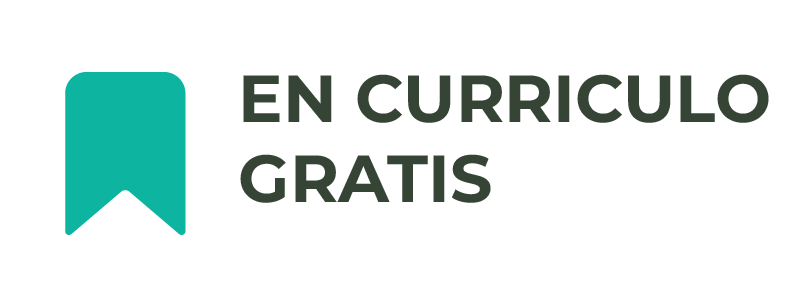Start with a Budget and DTI
List net income, essential expenses, and every debt (balance, APR, minimum). Your debt-to-income (DTI) ratio helps guide next steps: under 36% is healthy, 36%–50% is tight, and above 50% may signal the need for structured relief.
Option 1: DIY Repayment (Avalanche or Snowball)
- Avalanche: pay extra toward the highest APR first—fastest and cheapest.
- Snowball: pay extra toward the smallest balance—best for motivation.
Pair either method with negotiated rate reductions or balance-transfer cards (only if you can clear the balance before promo rates expire).
Option 2: Debt Management Plan (DMP)
Through a nonprofit credit counseling agency, a DMP consolidates multiple unsecured debts into one payment, often with reduced APRs. You’ll typically close participating cards. This is not a loan; it’s an organized repayment—usually 3–5 years.
Option 3: Debt Settlement
A for-profit firm (or you) negotiates lump-sum settlements for less than you owe. Risks: late marks, collection activity, possible lawsuits, and tax implications on forgiven amounts. Consider only if you’re already behind and cannot afford full repayment.
Option 4: Bankruptcy (Chapter 7 or 13)
A legal reset. Chapter 7 can discharge many unsecured debts in months if you qualify; Chapter 13 creates a 3–5 year court-supervised plan. Outcomes depend on assets, income, and state exemptions—consult a bankruptcy attorney for personalized advice.
How to Choose
If you can meet minimums and have income stability, try DIY + DMP first. If you’re already delinquent with no path to catch up, explore settlement or bankruptcy. Whichever route you take, rebuild with an emergency fund and a realistic, zero-based budget.




